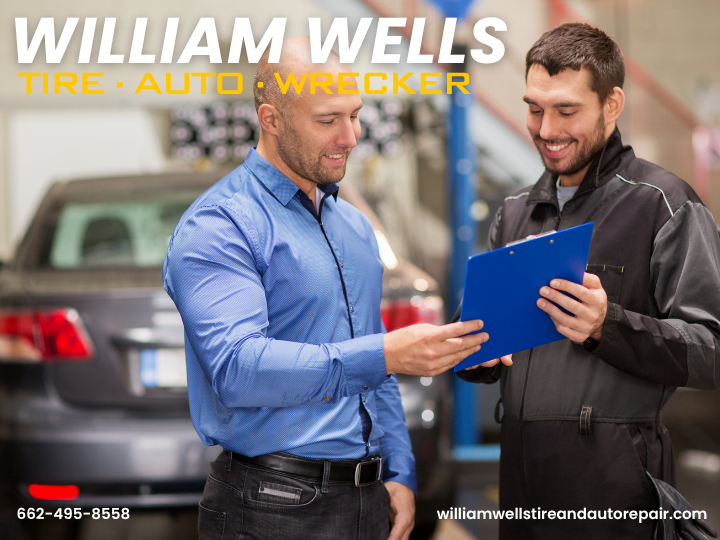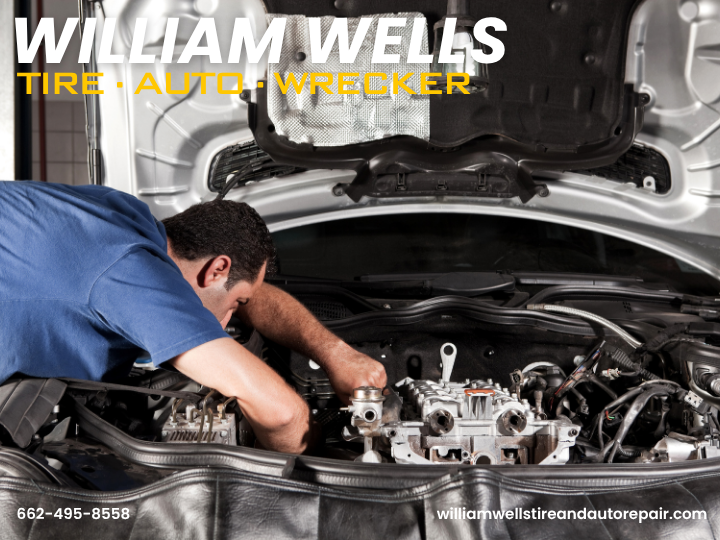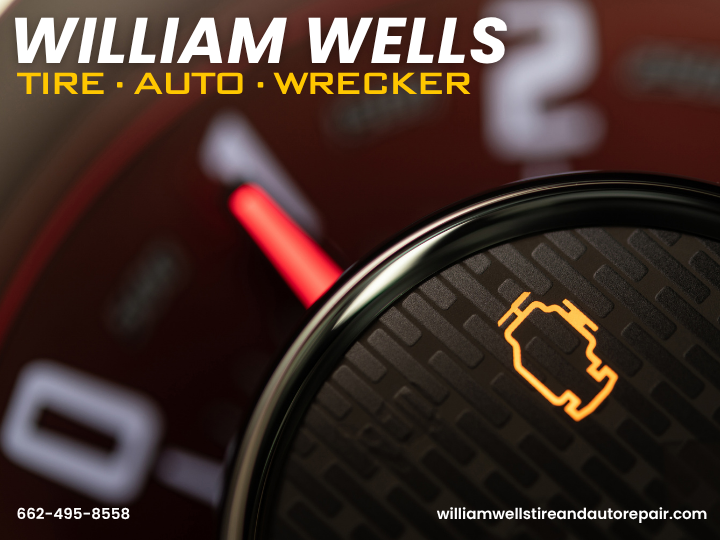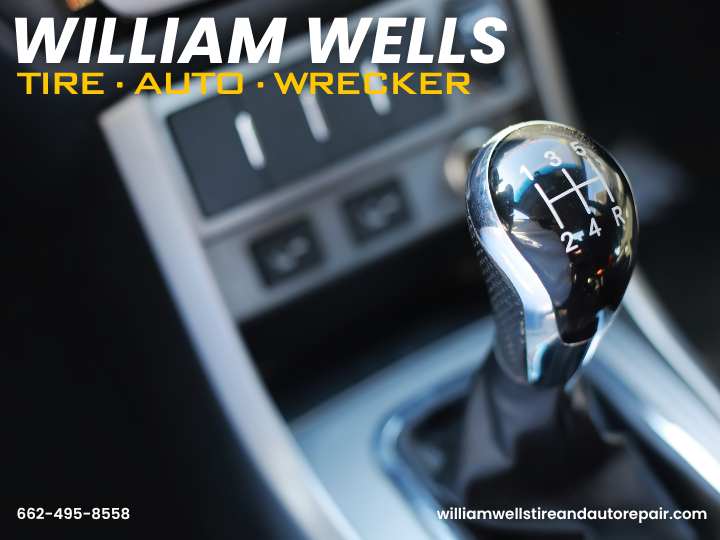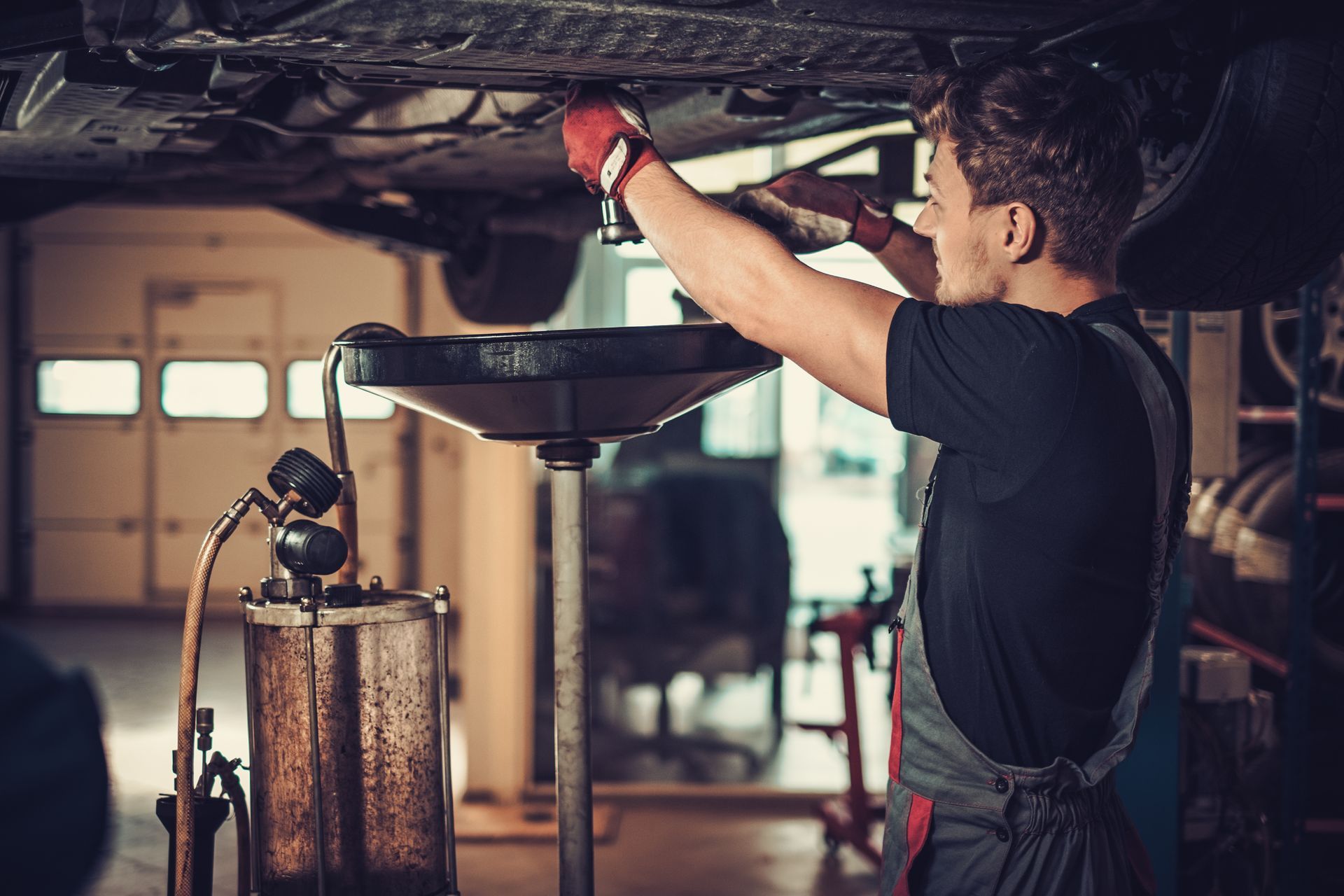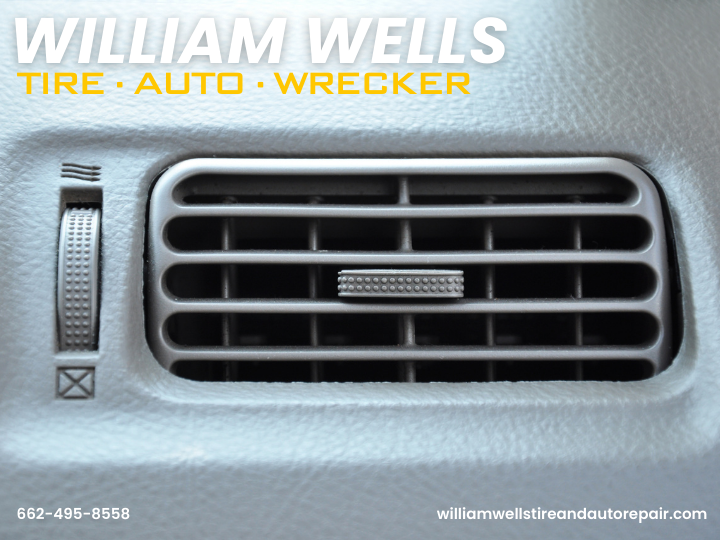Do shocks and struts have anything to do with braking distance?
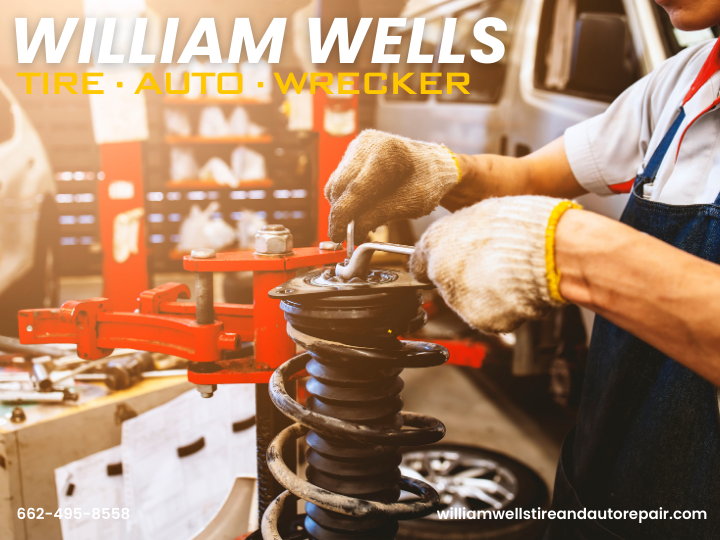
Can Worn Shocks and Struts Really Affect Braking Distance? Mississippi Drivers, Here’s the Safety Risk You Can’t Ignore
William Wells Tire & Auto – Trusted Auto Repair in Starkville, Columbus, and West Point
📍 Starkville: 12919 MS-182 | 📞 (662) 268-4081
📍 Columbus: 1625 Gardner Blvd | 📞 (662) 240-2414
📍 West Point: 93 W Broad St | 📞 (662) 495-8558
🌐 williamwellstireandautorepair.com
Introduction: Your Brakes May Be Fine—But Can You Still Stop in Time?
You’ve had your brakes serviced. The pads are new. The rotors are solid. But something’s still not right.
Your vehicle dips forward when you brake. It feels unstable. It takes longer to stop.
You’re not crazy—and it’s not your brakes.
It’s your shocks and struts.
At William Wells Tire & Auto, we’ve seen it across Starkville, Columbus, and West Point: drivers with brand-new brakes who are still in danger—because their suspension is silently failing.
Worn shocks and struts can increase braking distance by up to 30%.
And when every foot counts, especially on fast, rural Mississippi highways or in wet weather, that delay can change everything.
What Shocks and Struts Actually Do—And Why It’s About More Than Ride Comfort
Most people think shocks and struts are about smoothing out bumps in the road.
That’s true—but only part of the story.
- Shocks (shock absorbers) reduce bounce and rebound after hitting a bump or dip.
- Struts are structural components that support vehicle weight, align steering geometry, and control motion during braking and turning.
Together, they ensure your
tires stay firmly connected to the road.
And if your tires aren’t in full contact with the road surface—your brakes can’t stop the vehicle, no matter how new they are.
How Worn Shocks and Struts Wreck Braking Performance
🚫 1. Tire Bounce Breaks Traction
On rural roads, gravel shoulders, or patched pavement, worn shocks allow tires to bounce instead of grip.
Even slight tire lift = reduced friction = longer stopping distance.
🚫 2. Nose Dive and Rear Lift Create Instability
During braking, a car’s weight naturally shifts forward. Good suspension moderates that shift.
Worn struts, however, let the front dive dramatically and the rear lift. That causes:
- Uneven brake force
- Rear-wheel traction loss
- Skidding or sliding in wet conditions
- Dangerous delay in full stop time
🚫 3. Braking Distance Gets Longer—Even with New Brakes
At 60 mph, a vehicle in good condition stops in roughly
130 feet.
With worn suspension? It might take
160–180 feet or more.
On highways like US-82 or MS-12, that extra distance can mean the difference between stopping safely and rear-ending a vehicle or plowing into an intersection.
Brakes Alone Can’t Save You: Safety Comes From the Whole System
Your braking system isn’t just your brake pads. It’s a team of parts working together:
- Brakes slow the wheels
- Tires apply stopping force to the road
- Suspension (shocks and struts) ensure the tires stay in constant, stable contact with the pavement
When your suspension is worn out, your tires bounce, weight shifts uncontrollably, and your braking system is compromised—even if everything else is working perfectly.
Signs Your Shocks and Struts Are Worn Out
🚩 Vehicle bounces excessively after bumps
🚩 Nose dives when braking
🚩 Rear squats when accelerating
🚩 Vehicle sways or drifts in corners or wind
🚩 Tires show uneven or scalloped wear
🚩 Fluid leaking near shocks or struts
🚩 Steering feels loose or disconnected
These symptoms aren’t just signs of wear.
They’re signs your vehicle is already
underperforming in safety—and costing you stopping power every time you drive.
Why This Matters Even More in Mississippi
Mississippi roads are uniquely tough on suspension systems:
- Long stretches of
high-speed highway driving
- Rural backroads with dips, uneven patches, and gravel
- Rain and humidity that stress rubber bushings and components
- Agricultural equipment traffic requiring sudden, heavy stops
- Seasonal weather changes that affect traction
Whether you’re commuting to campus in Starkville, traveling through Columbus, or navigating small-town traffic in West Point—your vehicle needs to be stable, responsive, and confident under pressure.
And that starts with a suspension system that isn’t just “fine”—but functioning at full strength.
What Happens If You Ignore It?
- Longer stopping distances
- Tire blowouts or premature wear
- Brake system strain and failure
- Alignment issues and uneven steering
- Less control during wet weather or emergencies
- More money spent fixing damage later
- Most importantly:
more risk to yourself and your family
Why William Wells Tire & Auto Is Mississippi’s Suspension and Braking Safety Leader
We don’t sell fear—we solve problems.
At William Wells Tire & Auto, we evaluate your brakes, tires, and suspension together, because they only work together. We help you understand what’s happening, why it matters, and what it’ll take to get your car safely back on the road.
✅ Complete suspension inspections
✅ Shock and strut diagnostics
✅ Brake and ABS system analysis
✅ Ride control and tire grip testing
✅ Real feedback based on
Mississippi driving conditions
✅ Local, honest, professional service—every time
No scare tactics. No sales games. Just real safety and real solutions.
Protect What Matters. Schedule a Suspension and Braking System Check Today
If your vehicle bounces, nose-dives, pulls, or feels loose when you hit the brakes—don’t wait.
Let the professionals at
William Wells Tire & Auto inspect your entire stopping system and restore the control, confidence, and safety you deserve.
📍 Starkville: 12919 MS-182 | 📞 (662) 268-4081
📍 Columbus: 1625 Gardner Blvd | 📞 (662) 240-2414
📍 West Point: 93 W Broad St | 📞 (662) 495-8558
🌐 Book service now at
williamwellstireandautorepair.com
For more information please watch the video

